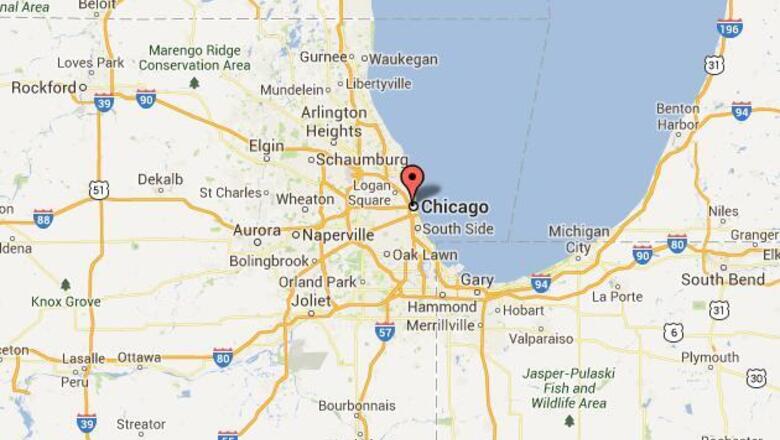
views
Scientists have successfully simulated the radiation created by the Big Bang - in just ten milliseconds - in a lab, to better understand how structure evolved in the early universe.
Physicists at the University of Chicago reproduced a pattern resembling the cosmic microwave background radiation using ultracold cesium atoms in a vacuum chamber.
"This is the first time an experiment like this has simulated the evolution of structure in the early universe," said Cheng Chin, professor in physics. Extensive measurements of the cosmic microwave background (CMB) - the echo of the Big Bang - provided cosmologists with a snapshot of how the universe appeared approximately 380,000 years following the Big Bang, which marked the beginning of our universe, researchers said.
It turns out that under certain conditions, a cloud of atoms chilled to a billionth of a degree above absolute zero in a vacuum chamber displays phenomena similar to those that unfolded following the Big Bang, lead author Chen-Lung Hung, now at the California Institute of Technology, said.
"At this ultra-cold temperature, atoms get excited collectively. They act as if they are sound waves in air," he said. The dense package of matter and radiation that existed in the very early universe generated similar sound-wave excitations.
The synchronised generation of sound waves correlates with cosmologists' speculations about inflation in the early universe. "Inflation set out the initial conditions for the early universe to create similar sound waves in the cosmic fluid formed by matter and radiation," Hung said.
The sudden expansion of the universe during its inflationary period created ripples in space-time in the echo of the Big Bang, researchers said. One can think of the Big Bang, in oversimplified terms, as an explosion that generated sound, Chin said.
The universe simulated in Chin's laboratory measured no more than 70 microns in diameter, approximately the diameter as a human hair. "It took the whole universe about 380,000 years to evolve into the CMB spectrum we're looking at now. But the physicists were able to reproduce much the same pattern in approximately 10 milliseconds in their experiment," Chin said.
The study was published in the journal Science Express.




















Comments
0 comment